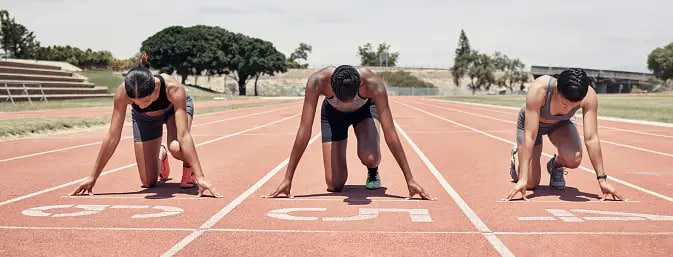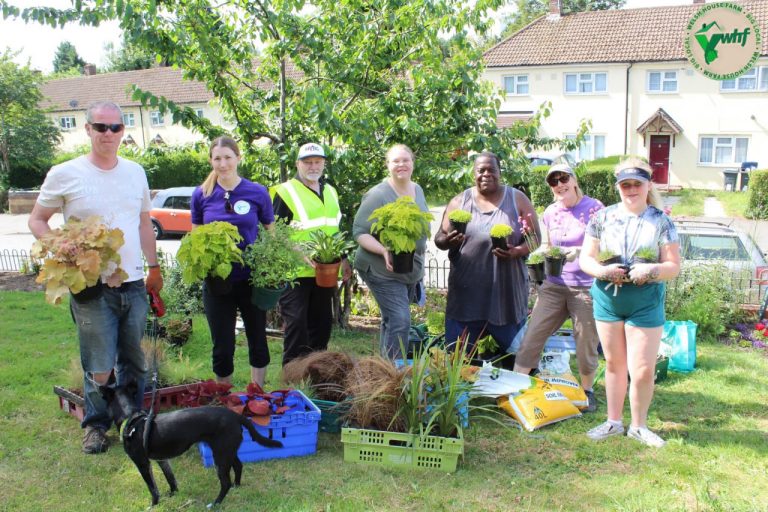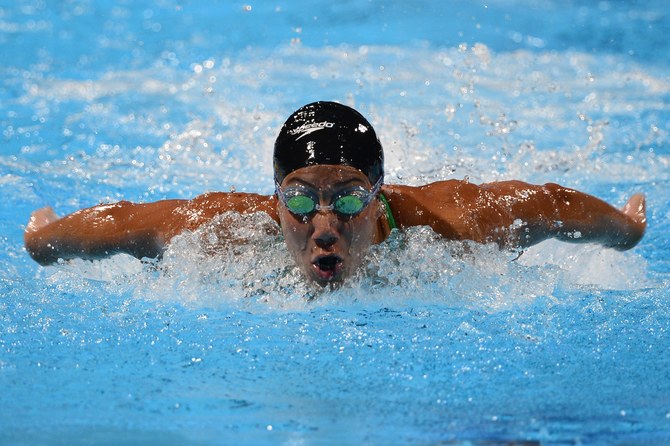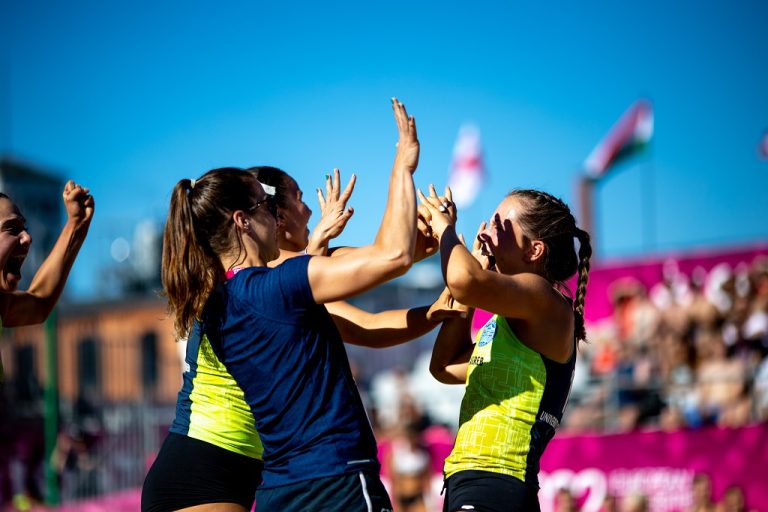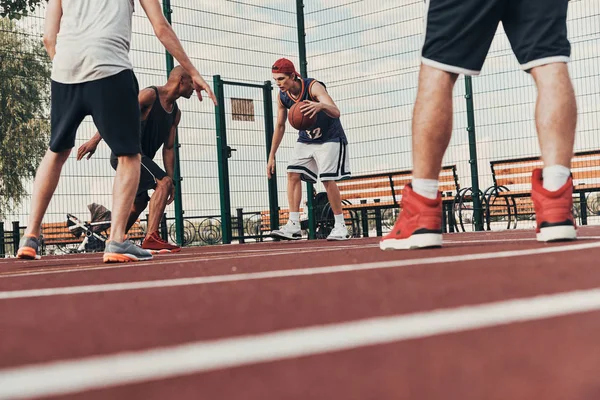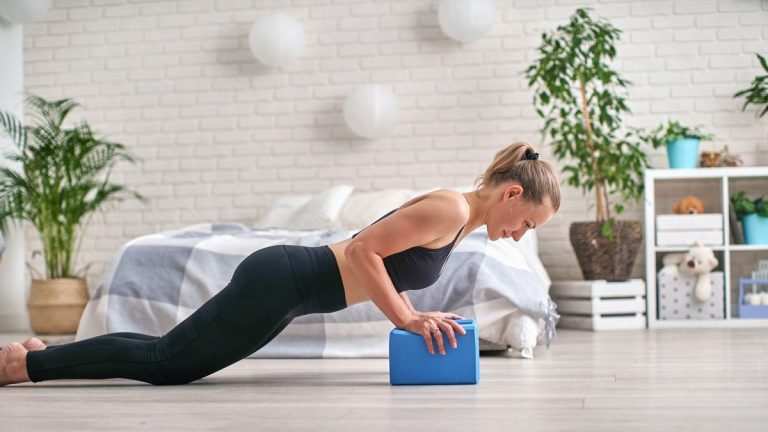Enhancing Competitive Edge: 3 Simple Techniques for Athletes
In the highly competitive realm of sports, athletes are constantly seeking ways to gain an edge over their opponents. While physical prowess is undoubtedly crucial, the mental aspect of competitiveness is often underestimated. Coaches play a pivotal role in shaping athletes into formidable competitors. Here are 24hscore three simple yet powerful strategies to elevate the competitiveness of your athletes.
1. Goal Setting and Visualization :
One of the most effective ways to enhance an athlete’s competitive edge is through strategic goal setting and visualization. Encourage your athletes to establish clear, measurable, and achievable goals. These goals act as stepping stones, guiding athletes toward continuous improvement. Whether it’s achieving a personal best, mastering a new skill, or outperforming a rival, setting specific objectives fuels motivation.
Visualization complements goal setting by fostering a mental environment for success. Athletes can mentally rehearse their performances, picturing themselves executing flawless moves and achieving their goals. This technique not only sharpens focus but also boosts confidence. Visualization primes the mind and body to respond effectively to the challenges of competition, giving athletes a psychological advantage over those who neglect this crucial aspect of training.

a. Establishing SMART Goals:
- Encourage athletes to set Specific, Measurable, Achievable, Relevant, and Time-bound (SMART) goals.
- SMART goals provide a roadmap for athletes, allowing them to track progress and celebrate milestones.
b. Personalized Goal-Setting Sessions:
- Conduct one-on-one sessions to understand each athlete’s aspirations and tailor goals to their strengths and weaknesses.
- This personalized approach fosters a deeper connection between athletes and their objectives.
c. Visualization Techniques:
- Integrate guided visualization sessions into training routines.
- Instruct athletes to vividly imagine successful performances, emphasizing sensory details to enhance mental rehearsal.
d. Goal Review and Adaptation:
- Regularly review and adapt goals based on performance feedback and evolving circumstances.
- This iterative process ensures that goals remain relevant and challenging.
2. Mindful Breathing Techniques:
Amidst the intensity of sports, the ability to maintain composure is a valuable asset. Mindful breathing techniques provide athletes with a tool to stay centered and focused, even in high-pressure situations. Coaches should incorporate breathing exercises into training routines, emphasizing the importance of deep, controlled breaths.
Practicing mindful breathing has physiological benefits, including improved oxygenation of the body and reduced stress levels. This not only enhances physical performance but also sharpens mental acuity. Athletes who can regulate their breathing effectively are better equipped to handle stress and anxiety, allowing them to make better decisions during critical moments of competition. By incorporating mindful breathing into both training and pre-game routines, athletes can cultivate a sense of calm confidence that sets them apart from their rivals.

a. Incorporate Breathing Drills into Warm-ups:
- Begin training sessions with focused breathing exercises to establish a routine.
- This sets the tone for mindfulness throughout the practice.
b. High-Pressure Simulation:
- Simulate high-pressure scenarios during training and encourage athletes to employ mindful breathing techniques.
- This conditions athletes to remain calm and focused in competitive environments.
c. Breath Awareness Training:
- Conduct workshops to enhance athletes’ awareness of their breath.
- Teach them to use breath as a tool for maintaining composure during challenging moments.
d. Develop Personalized Breathing Plans:
- Work with athletes to create individualized breathing plans suited to their unique needs and preferences.
- This ensures that athletes can seamlessly incorporate mindful breathing into their pre-game routines.
3. Consistent Positive Reinforcement:

Building a competitive spirit involves more than just physical and mental training; it requires a positive and supportive environment. Coaches play a crucial role in creating this atmosphere by providing consistent positive reinforcement.
Acknowledging and celebrating small victories, both in training and competition, instills a sense of accomplishment in athletes. Positive reinforcement boosts confidence and motivates athletes
to push their limits. Constructive feedback should be delivered in a manner that highlights areas for improvement without diminishing the athlete’s confidence.
Creating a culture of positivity also involves fostering camaraderie among team members. Athletes who feel supported by their teammates and coaching staff are more likely to take risks and strive for excellence. Establishing a feedback loop where athletes receive regular encouragement and recognition builds a resilient mindset that thrives on challenges.
In conclusion, unlocking the full potential of athletes goes beyond physical training; it involves nurturing their mental and emotional resilience. Goal setting, visualization, mindful breathing, and positive reinforcement are three simple yet transformative strategies that coaches can implement to cultivate a competitive spirit in their athletes. By incorporating these practices into training regimens, coaches empower athletes to not only excel in their respective sports but also to embrace challenges with confidence and determination.
a. Celebration of Effort:
- Recognize and celebrate not only victories but also the effort and commitment demonstrated by athletes.
- This creates a positive environment where hard work is acknowledged and appreciated.
b. Constructive Feedback Framework:
- Establish a framework for delivering constructive feedback that highlights strengths and suggests areas for improvement.
- This approach ensures that feedback is motivational and contributes to athletes’ development.
c. Team Building Activities:
- Organize team-building activities to strengthen the bond among athletes.
- A supportive team environment fosters resilience and a collective commitment to success.
d. Peer-to-Peer Recognition:
- Implement a peer-to-peer recognition system where athletes acknowledge and celebrate each other’s achievements.
- This reinforces a culture of mutual support and camaraderie.

